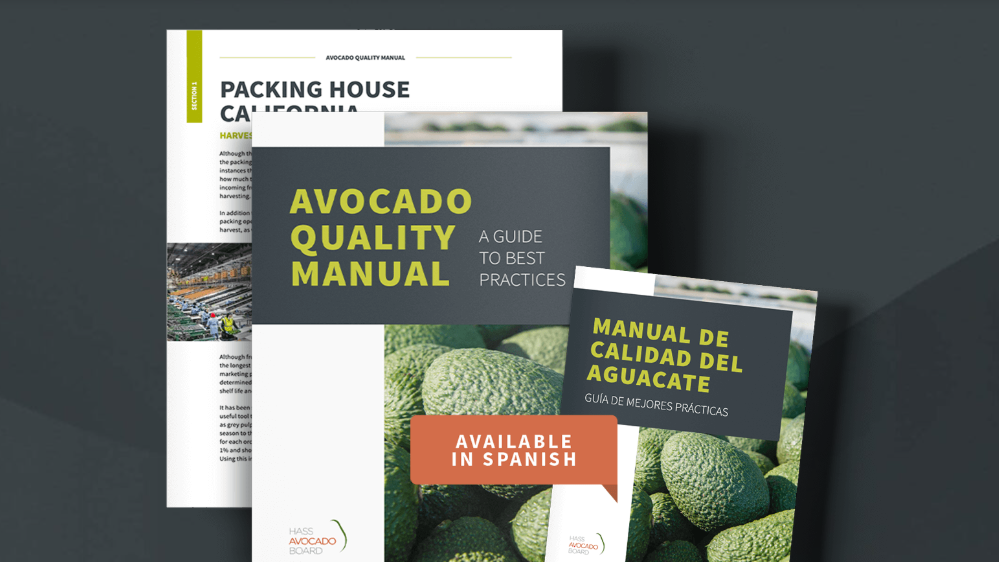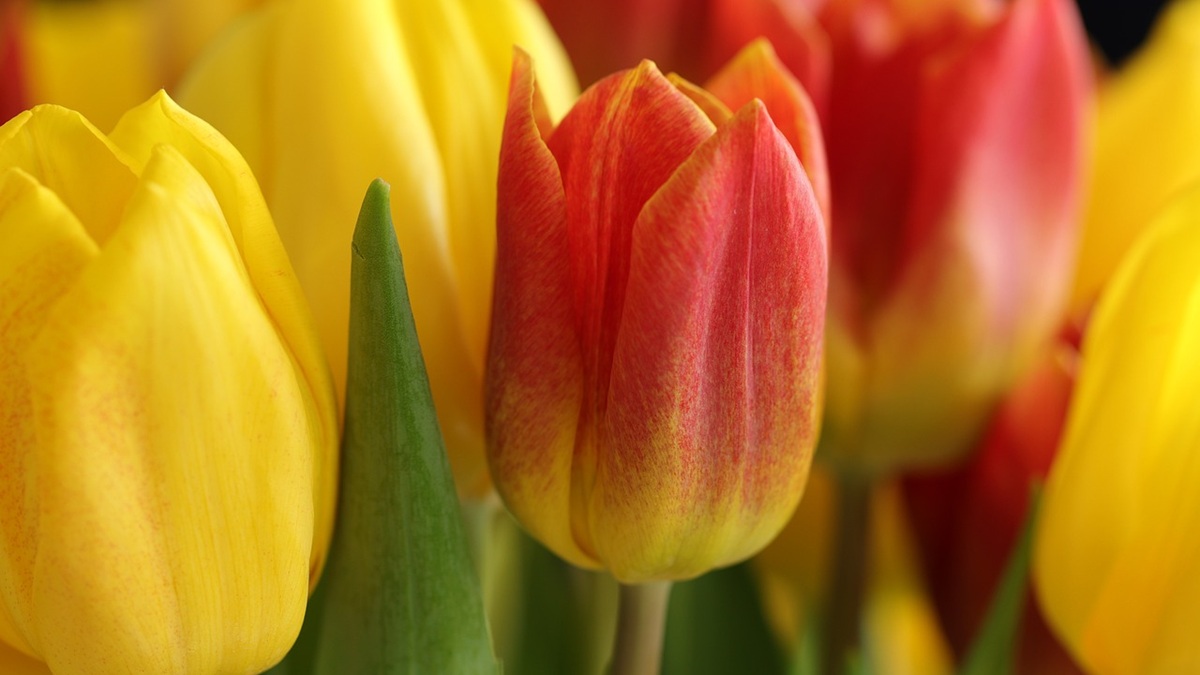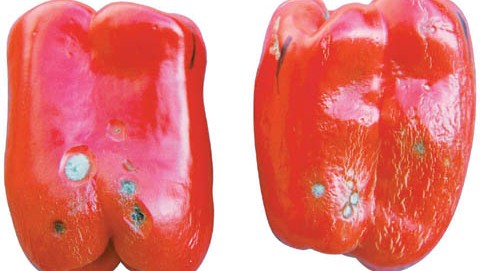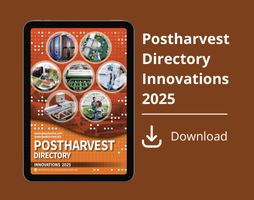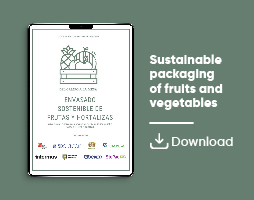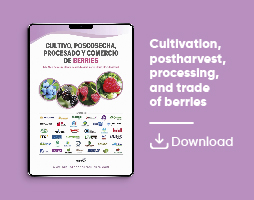Actualidad
Enhancing Blueberry Quality with High CO2 Treatments: A Solution to Postharvest Losses
Insights from the study by Toledo-Guerrero et al. (2024) on the impact of short-term CO2 exposure on firmness, decay, and shelf life of highbush and rabbiteye blueberries during cold storage
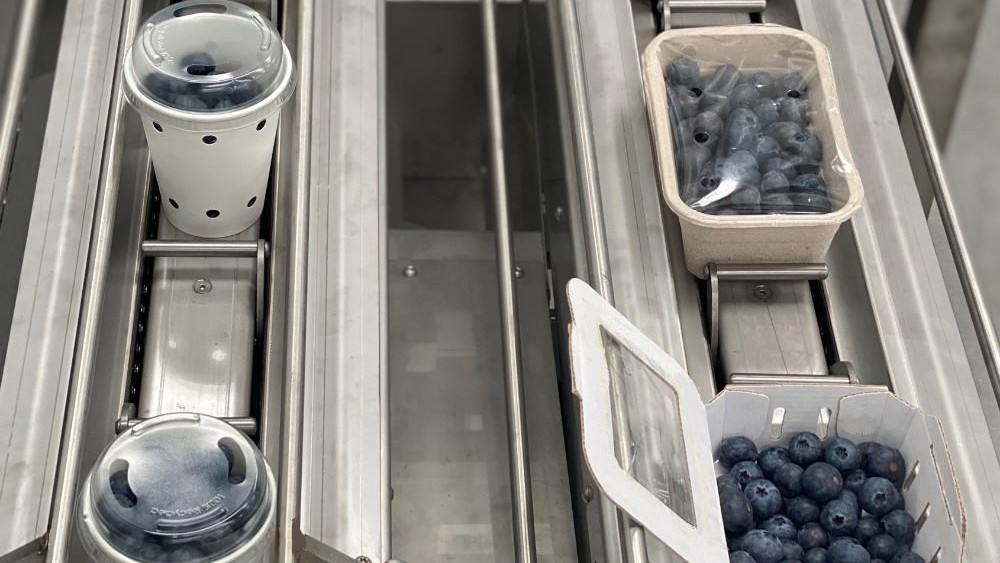
Blueberries (Vaccinium spp.) are widely celebrated for their health benefits and distinct flavor. However, postharvest losses, especially firmness loss and decay, present significant challenges in maintaining their quality. This study investigates the effectiveness of high CO2 concentrations (15% and 20%) applied for 3 days at 1.0°C in preserving the quality of highbush (‘Duke’) and rabbiteye (‘Ochlockonee’) blueberries during cold storage.
Key Findings
-
Impact on Firmness and Decay:
High CO2 concentrations effectively reduced decay in both blueberry cultivars, with the ‘Duke’ cultivar showing improved firmness after treatment.- In ‘Duke’, the high CO2 treatments influenced the expression of genes related to cell wall integrity (XTH23, PL8, and GH5), contributing to enhanced firmness.
- In contrast, no significant improvements in firmness were observed in ‘Ochlockonee,’ although weight loss was reduced.
-
Gene Expression and Cell Wall Integrity:
The expression of genes associated with cell wall modification (such as XTH23 and PL8) was altered by the gaseous treatments, particularly in the highbush cultivar. However, the role of genes like PG and PME in maintaining firmness appeared to be minimal. This suggests that specific genetic responses to CO2 treatments are cultivar-dependent. -
CO2’s Role in Extending Shelf Life:
Short-term high CO2 treatments proved effective in reducing fungal decay and controlling weight loss, particularly for the highbush variety, ‘Duke.’ These results emphasize the need for cultivar-specific postharvest strategies in blueberry management.
Conclusion
This study highlights the potential of high CO2 treatments as an effective strategy for extending the shelf life of blueberries, particularly in highbush varieties. The findings suggest that tailored postharvest strategies, based on specific cultivars, can optimize quality maintenance and reduce losses. Short-term gaseous treatments offer a promising alternative for blueberry growers looking to reduce waste and maintain fruit quality during cold storage.
Sources
Toledo-Guerrero, J. D., Álvarez, M. D., Herranz, B., Escribano, M. I., Merodio, C., Romero, I., & Sanchez-Ballesta, M. T. (2024). Effect of Short-Term High-CO2 Treatments on the Quality of Highbush and Rabbiteye Blueberries During Cold Storage. Plants, 13(23), 3398. https://doi.org/10.3390/plants13233398
Picture, Induser


